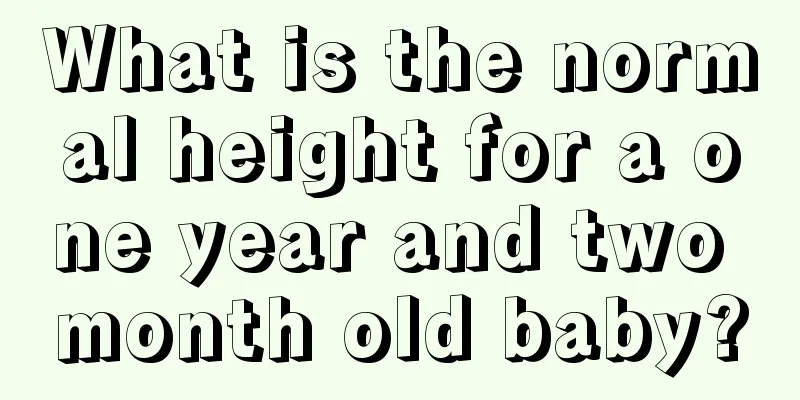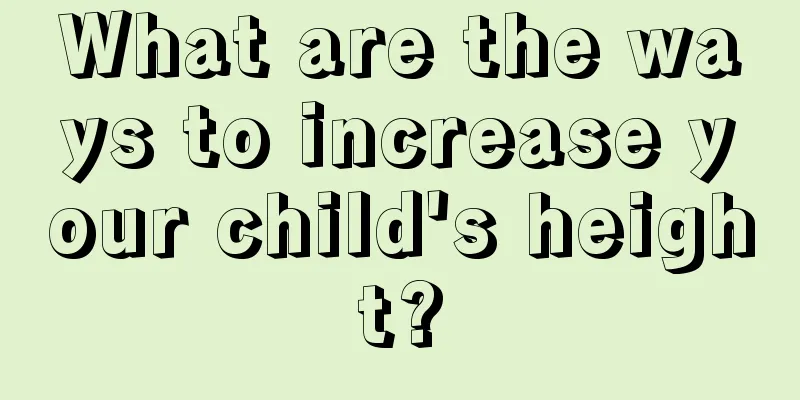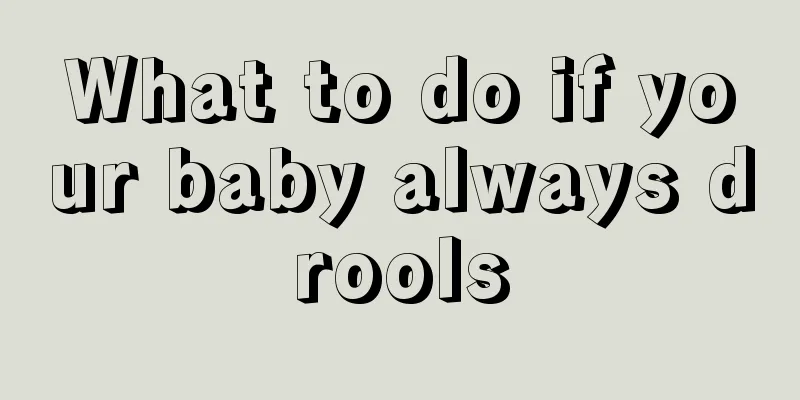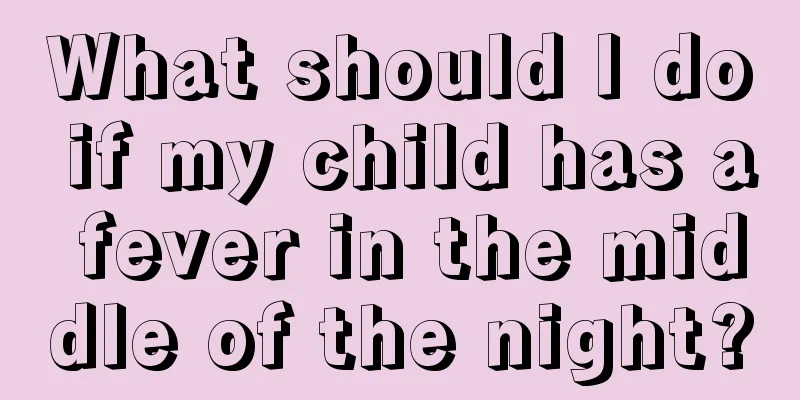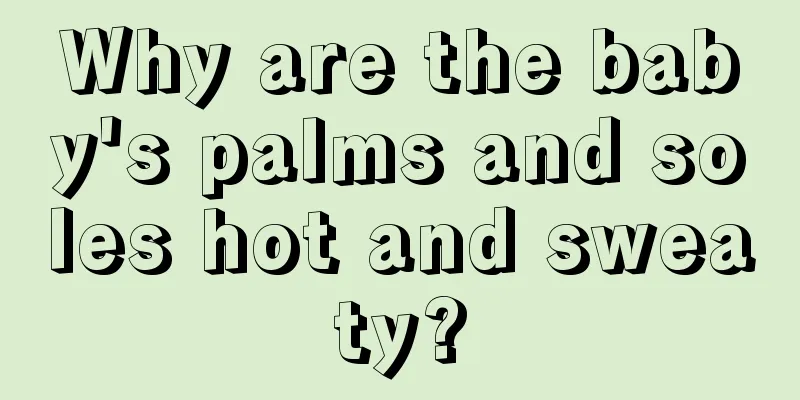How to treat Henoch-Schonlein purpura nephritis in children
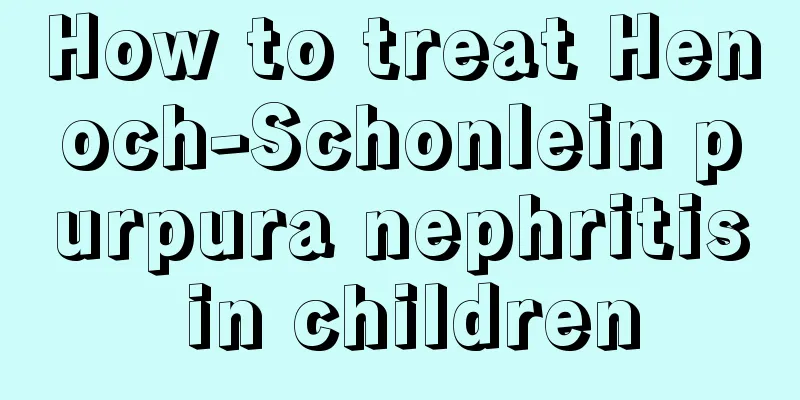
|
It is not suitable for children's growth. If they suffer from Henoch-Schönlein purpura nephritis in children, it will cause great pain to the children. Henoch-Schönlein purpura nephritis in children will not only cause purpura symptoms on the child's skin, but in severe cases it may also cause swelling and pain in the joints and abdomen. Therefore, it is very important for every parent to know how to treat Henoch-Schonlein purpura nephritis in children. According to different classification standards, there are three classification methods for childhood purpuric nephritis: ① Clinical classification of childhood purpuric nephritis, which is mainly based on the common clinical symptoms of children with purpuric nephritis; ② Pathological classification of childhood purpuric nephritis, which is mainly based on pathological changes after light microscopy of renal biopsy; ③ Immunopathological classification of childhood purpuric nephritis, which is mainly based on the deposition of immune complexes after fluorescent examination of renal biopsy, and is divided into IgA; IgA+IgG; IgA+IgM; IgA+IgG+IgM. There is currently no specific treatment for pediatric purpuric nephritis. Symptomatic treatment is the main approach, with attention paid to protecting renal function. 1. Mild: No special treatment is required, symptomatic and supportive treatment is the main treatment, and contact with foods and drugs that cause allergies should be avoided. Sensitive antibiotics can be used when there is clear infection. 2. Acute nephritis syndrome type: mainly focus on lowering blood pressure, diuresis, controlling infection foci, and protecting renal function. Specific medication is the same as that for acute glomerulonephritis. 3. Nephrotic syndrome type: Adrenal cortical hormones can be used, usually prednisone. 4. Rapidly progressive nephritis and chronic nephritis types: Treatment is usually combined with hormones, cytotoxic drugs, anticoagulants and traditional Chinese medicine. Renal failure can be treated with dialysis. For rapidly progressive nephritis, methylprednisolone pulse therapy can be used early. More than half of children with Henoch-Schonlein purpura can recover from kidney damage on their own, but a small number of children still have persistent hematuria, proteinuria and hypertension for a long time. About 2% of children develop end-stage nephritis, especially those with glomerulonephritis showing crescent formation in pathological examination. More than 80% of them develop end-stage nephritis within 1 year. The above is an introduction to how to treat Henoch-Schonlein purpura nephritis in children. Because Henoch-Schonlein purpura nephritis in children does not have very obvious symptoms in the early stages, the child’s kidney damage is already quite serious when it is discovered. In order to detect the disease as early as possible, it is recommended that you give your child regular physical examinations. |
<<: What are the dangers of picky eating in babies? Are there any ways to solve it?
>>: What's the matter with the birthmark on the back of the baby's head?
Recommend
At what age do children replace their front teeth?
Children's tooth replacement period is genera...
What is the cause of excessive eye secretion in a four-year-old child?
Children are the treasures of the family. Once th...
What to do if your baby has a cough, phlegm and fever
As children grow up, what parents worry about mos...
One-year-old baby has a cold and runny nose
It is very common for babies to have symptoms of ...
How to grow taller quickly for children
Children are the treasures of every parent, and i...
What to do if a child dislocates his arm
Dislocation is mostly caused by some small detail...
Root canal treatment for children with tooth decay
Children with more serious tooth decay can be tre...
Several issues that should be paid attention to in order to make children grow taller
According to a report from the World Health Organ...
How to treat scalp ringworm in children?
Compared with adults, children's bodies are s...
What to do if your baby has diarrhea when switching to new milk
You should pay special attention when changing yo...
What to do if your child catches a cold and has a fever
Children catching cold and having fever is an ine...
What are the solutions for children with recurrent high fever caused by bacterial infection?
Bacteria exist everywhere in our lives, and there...
Do little girls have discharge?
Many parents believe that little girls’ vaginas w...
What medicine should a three-year-old baby take for vomiting?
We all know that when a baby reaches the age of t...
What to do if infants and young children are constipated
Constipation is caused by indigestion and the ina...

